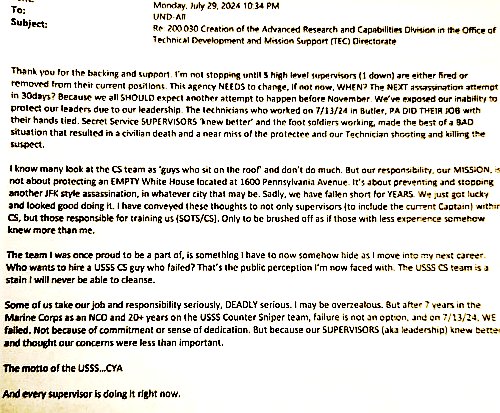July 31, 2024 Quick space links
Courtesy of BtB’s stringer Jay. This post is also an open thread. I welcome my readers to post any comments or additional links relating to any space issues, even if unrelated to the links below.
- Astroforge updates status of second cubesat demo mission, intended to get close-up views of asteroid
After discovering that the cubesat intended for the mission had serious technical issues, they junked it and have been rushing to prepare the cubesat intended for the third mission. It is not clear yet whether it will be ready on time.
- Amateur astronomer snaps magnificent picture of ISS, with Starliner docked in the lower port
The image’s resolution is so good you can also see one of the station’s robot arms inspecting Starliner.
- New video of Tianlong-3 test first stage crashing after it launched by mistake during a static fire engine test
This Space News article claims the Chinese pseudo-company, Space Pioneer, is pushing forward anyway, but a close read suggests nothing about its future is certain.
- Anthony Zak graphs what I have documented now for several years, that the pace of Russian launches since its invasion of the Ukraine has plummeted
The main cause of the drop is the loss of Russia’s entire international commercial market due to its breakup with Arianespace.
- A new Canadian rocket startup, Nordspace, announces its intention to build its own spaceport in Canada
I wish them good luck but note that there is a lot of blarney here, revealed by the fact that it took me a lot of digging to discover they don’t yet have a location for this spaceport, a detail they very carefully fail to mention on their webpage or press materials.
- On this day in 2008 NASA announced that the Phoenix lander had confirmed the presence of water ice on the high latitude surface of Mars
The discovery was actually not a big surprise to the scientists. The press however thought it a very big deal, since it really knew nothing about the research that had already shown evidence of lots of near surface ice in the high latitudes.
Courtesy of BtB’s stringer Jay. This post is also an open thread. I welcome my readers to post any comments or additional links relating to any space issues, even if unrelated to the links below.
- Astroforge updates status of second cubesat demo mission, intended to get close-up views of asteroid
After discovering that the cubesat intended for the mission had serious technical issues, they junked it and have been rushing to prepare the cubesat intended for the third mission. It is not clear yet whether it will be ready on time.
- Amateur astronomer snaps magnificent picture of ISS, with Starliner docked in the lower port
The image’s resolution is so good you can also see one of the station’s robot arms inspecting Starliner.
- New video of Tianlong-3 test first stage crashing after it launched by mistake during a static fire engine test
This Space News article claims the Chinese pseudo-company, Space Pioneer, is pushing forward anyway, but a close read suggests nothing about its future is certain.
- Anthony Zak graphs what I have documented now for several years, that the pace of Russian launches since its invasion of the Ukraine has plummeted
The main cause of the drop is the loss of Russia’s entire international commercial market due to its breakup with Arianespace.
- A new Canadian rocket startup, Nordspace, announces its intention to build its own spaceport in Canada
I wish them good luck but note that there is a lot of blarney here, revealed by the fact that it took me a lot of digging to discover they don’t yet have a location for this spaceport, a detail they very carefully fail to mention on their webpage or press materials.
- On this day in 2008 NASA announced that the Phoenix lander had confirmed the presence of water ice on the high latitude surface of Mars
The discovery was actually not a big surprise to the scientists. The press however thought it a very big deal, since it really knew nothing about the research that had already shown evidence of lots of near surface ice in the high latitudes.












